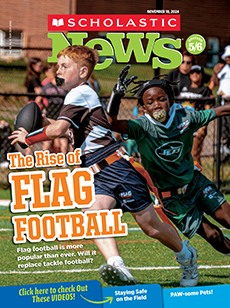1. What details from the article support the idea that life in the 1950s was different for Black people in the North than it was in the South?
Several details in the article support the idea that life in the 1950s was different for Black people in the North than it was in the South. For example, the North had none of the “Whites Only” signs the kids were used to seeing in the South. In addition, “in the North, Black people and White people ate at the same restaurants and stayed at the same hotels,” while in the South, “Black people weren’t allowed to attend the same schools, get treated in the same hospitals, or even use the same drinking fountains as White people.”
R.2 Main Idea and Key Details
2. How did the second day of the sit-in at the Katz Drug Store differ from the first day?
The second day of the sit-in at the Katz Drug Store differed from the first day in that the scene grew more tense. The article explains that on the second day, “some White customers yelled at [the kids], and others poured ketchup on them.”
R.5 Comparison
3. What is the purpose of the sidebar, “The Greensboro Four”?
The purpose of the sidebar, “The Greensboro Four,” is to describe another famous sit-in from that era—when Black college students staged a sit-in at the lunch counter at a store called Woolworth’s in Greensboro, North Carolina.
R.7 Text Features
